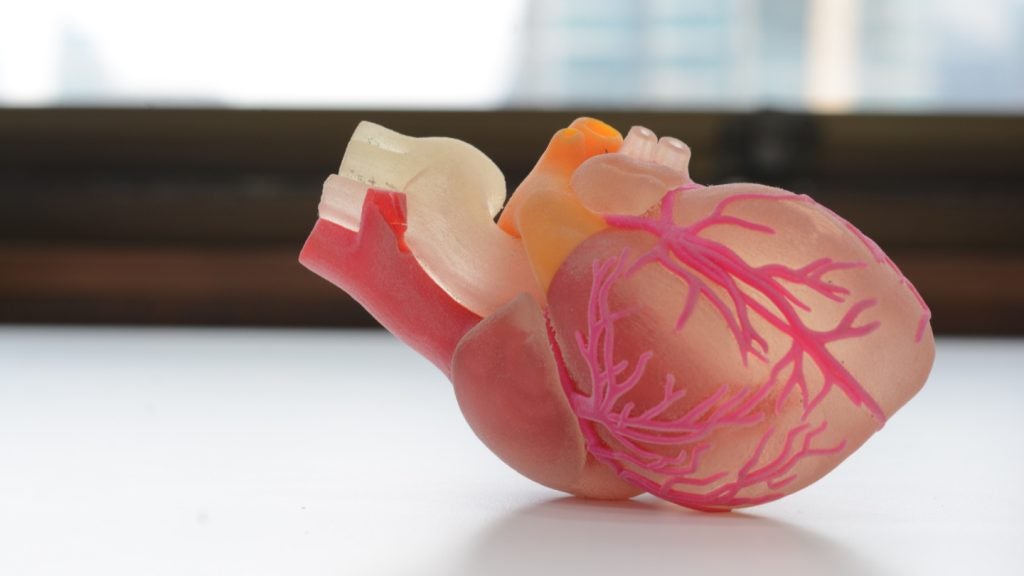Data collection has been an integral part of conducting clinical trials. With the introduction of new technologies such as machine learning and artificial intelligence (AI), the data collected as part of clinical trials can potentially be “borrowed” and used in other clinical trials. This historical or synthetic data is of particular benefit in rare disease trials with low patient populations, especially in paediatric groups.
There have been previous drug approvals where historical data was used to supplement drug data. In 2020, the US Food and Drug Administration (FDA) approved AstraZeneca and Merck’s Koselugo (selumetinib) for treating children with neurofibromatosis type 1 (NF1). The approval was based on a Phase II trial that used two sets of historical data from a previous natural history study of NF1 and a placebo arm of a previous clinical trial in NF1 for an entirely different drug, respectively. The data was used to form an external control arm comprised of 50 patients.
GSK used adult data to bolster the new drug application (NDA) of Benlysta (belimumab) for the treatment of paediatric lupus. GSK conducted a “tipping point” style analysis to quantify the applicability of the adult to the paediatric study data. The FDA expanded Benlysta label from systemic lupus erythematosus (SLE) to include paediatric lupus in 2019.
In light of the continued use of historical data to supplement clinical trials, the US Food and Drug Administration (FDA) has published a draft guidance on recommendations to sponsors and investigators on the use of externally controlled clinical trials to provide evidence of the safety and effectiveness of a drug product in February.
Dr William Maier, VP of scientific affairs at ICON centre of rare disease says that it can be cost effective to use historical controls, especially in rare and paediatric diseases.
In an exclusive interview with Medical Device Network, Maier discusses the benefits and challenges of using historical or synthetic controls and what sponsors should keep in mind before planning trials that use these controls. This interview has been edited for length and clarity.
Phalguni Deswal [PD]: What are the advantages and drawbacks of using historical controls?
Dr William Maier [WM]: There is value in using information that's already available as part of your drug development program as it costs time and money to obtain information but in rare diseases, it's hard because there aren't that many patients. So, you want to try and minimize the size, and duration of your clinical trials, if you can. Using historical information as historical controls can be beneficial in these cases.
One of the things to keep in mind when using historical controls is the age of the information that you are using, it may not be that the people who experienced the disease in the past have the same experience in terms of other drugs that are reused or even how they were diagnosed, relative to today. You also must make sure that all the outcomes that are interesting to you are also available in your historical data. Then you must try and find a way to make it so that the people that you find in your historical data are comparable to the people that are in your clinical trial. These are not insubstantial challenges, for sure, but it's not completely impossible.
The other thing that I want to get across is that there are different ways of analysing this data. So, there's data that you can use that comes from previous clinical trials, placebo arms, and previous work that has been done in other populations. Bayesian statistics can be used to develop a ‘predictive’ understanding of a drug based on prior information. This use of Bayesian statistics and modelling is quite underused in the pharmaceutical industry but there is a lot of room for growth and potential for real value, especially in early drug development.
PD: The FDA recommended sensitivity testing using adult data to GSK for Benlysta approval. Could you expand on how that works?
WM: One of the things that often gets done in this area is something called borrowing data, where you take data from other populations. In the case of the Benlysta example, they took data from adults and inferred the impact on children based on this, as part of a drug application. They had done the adult trials, and they had done a kind of small childhood study in children.
Here they weighed the data such that data that was from adults was similar to children was applied with one weight and data that wasn't similar to children from adults was given a different weight. They figured out, using this kind of tipping point methodology, what is the kind of least amount of weight that you could give to adult data and still obtain a good estimate. They ended up giving adult data a weight of about 55% in this analysis. Ultimately, the FDA felt that was pretty strong evidence to bring forward and the drug was approved for the paediatric population.
PD: What is the regulatory guidance regarding the use of these external controls?
WM: This has been an evolving area in the regulatory world. Most recently, there's a draft guidance from the FDA, which is all about the use of historical data, but not every form of historical data. So, they are mostly talking about what we call patient-level information but not summary estimates, like the kind that are from literature or something similar. That's more the subject of an ongoing process that they're using to figure out what's the best way to use these data points.
This [FDA] guidance currently is more of a process of trying to figure out what is the best kind of use of complex interactive designs (CID). They are going through a series of examples, with most of them using some form of Bayesian methodology.
PD: What are the things that sponsors should keep in mind before pursuing these trials?
WM: These designs are not as straightforward as the kind of designs that people are used to dealing with in the past. So, education is needed about the strengths and the weaknesses of these designs.
You have to kind of do some sensitivity analysis to see how well the data that you have already is likely to be comparable to the data that you are going to obtain. And this gets back to this whole area of building models that take into consideration different weights that you give to the evidence from the past. That is something people kind of don't do very much but it is an important part of the process.
In a typical clinical trial design, you look to see what the event rate is of the primary outcome that you're interested in and then you use that in some sort of power calculation to determine your sample size. You might also do some other kind of stratification or something like that in the design, based on different subgroups in the population. But you are not necessarily taking into consideration the previous information in a way that is going to be used to combine it with the estimate that you obtain out of the trials. This is effectively the kind of the change that people have to get used to.
You, also, must figure out how much weight you are going to give to that prior evidence and conduct some sensitivity analysis to figure out some of the likely impacts. You can then model out this information to determine how big your study needs to be to assure yourself that you are getting something that is meaningful and not biased.
















